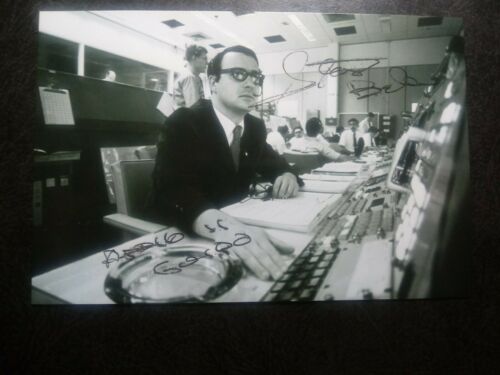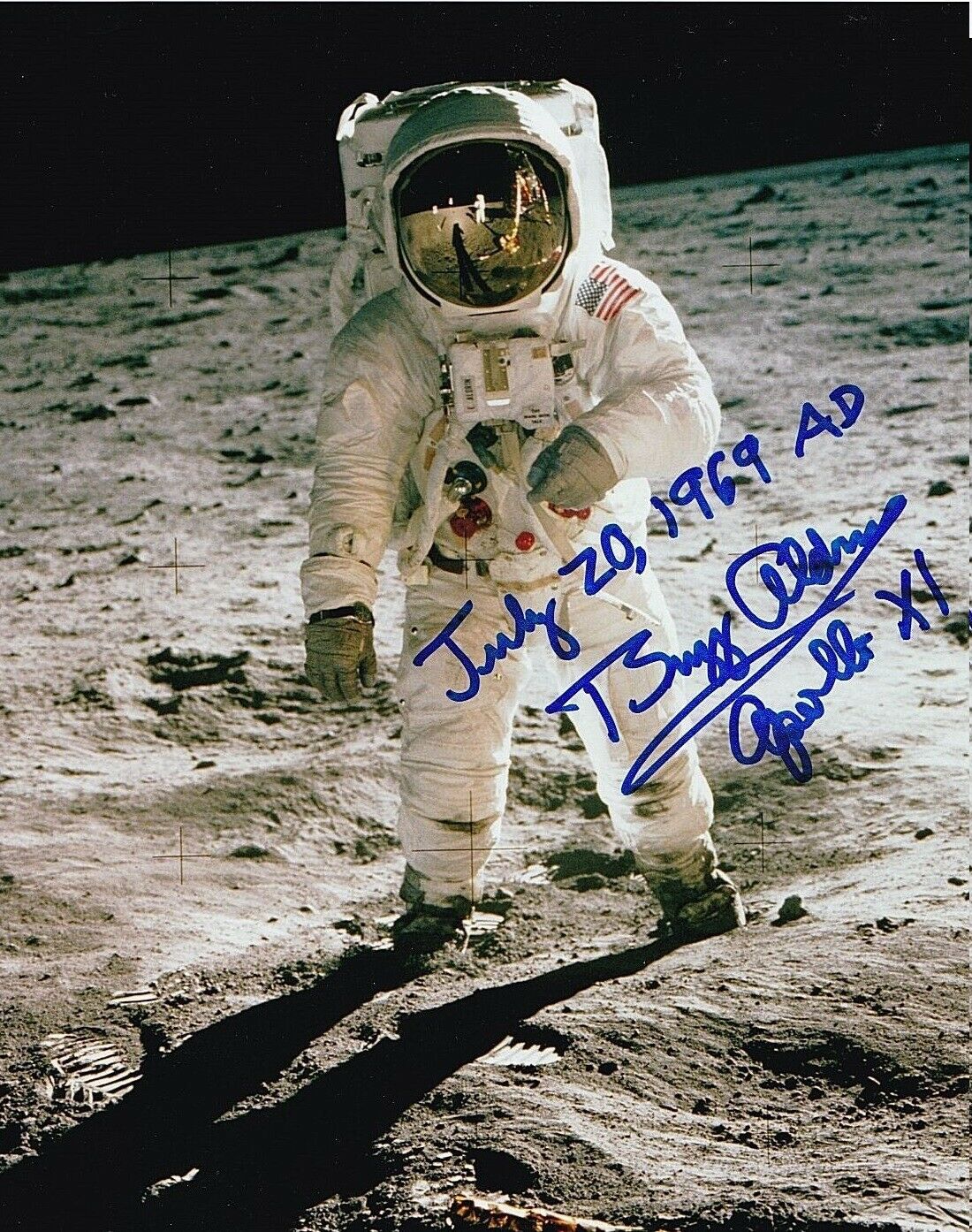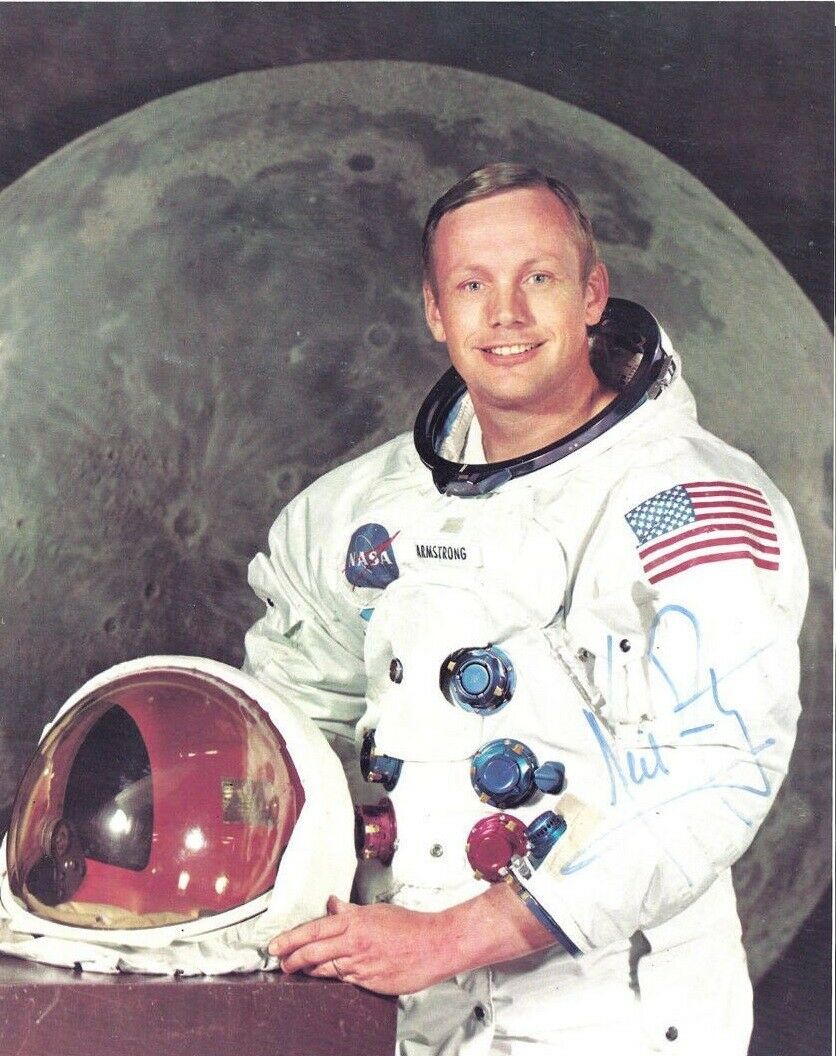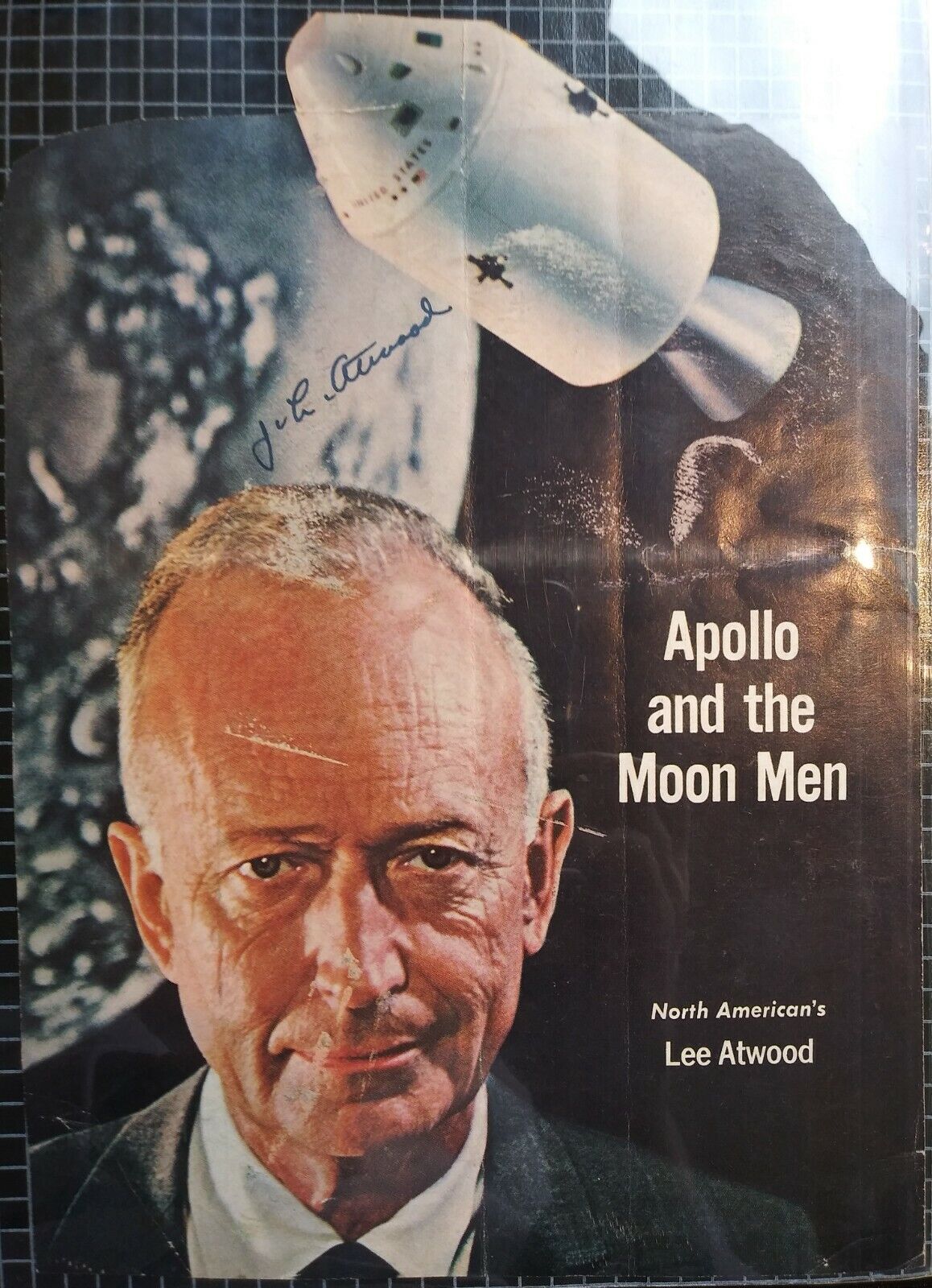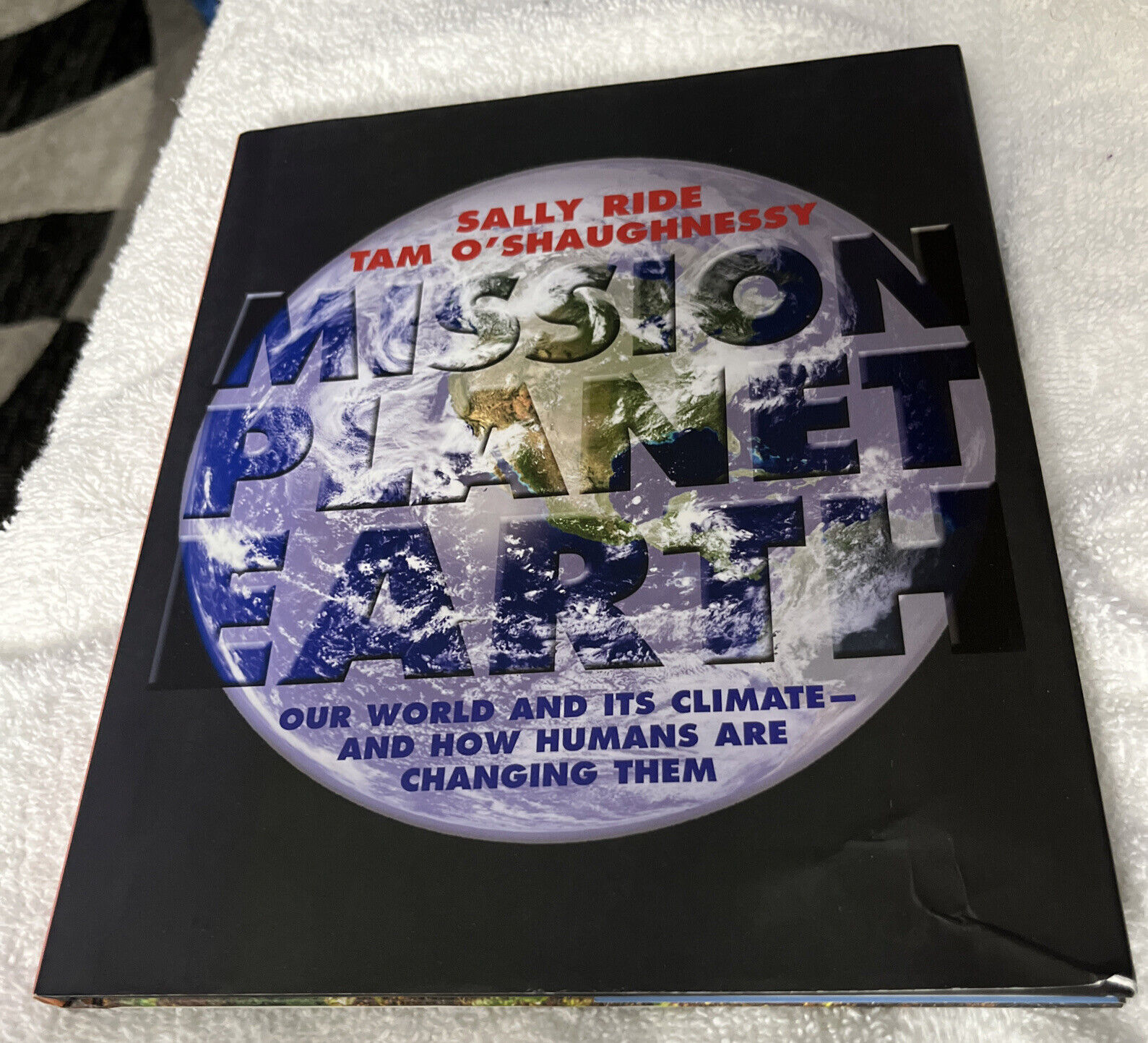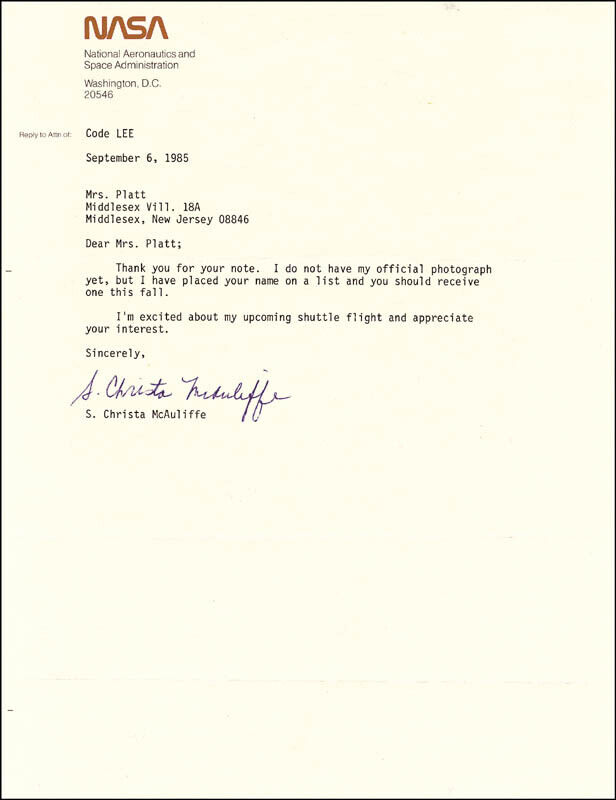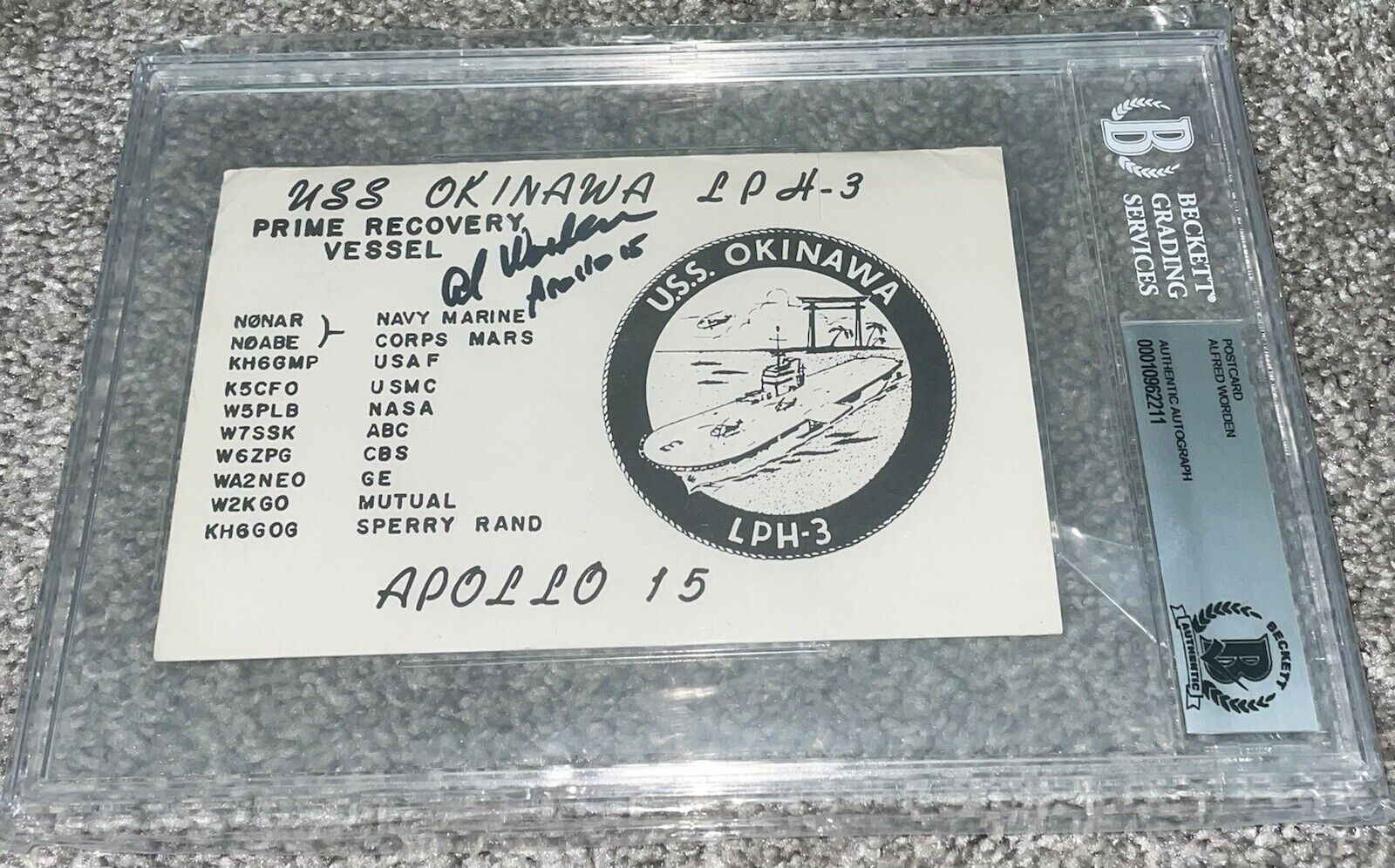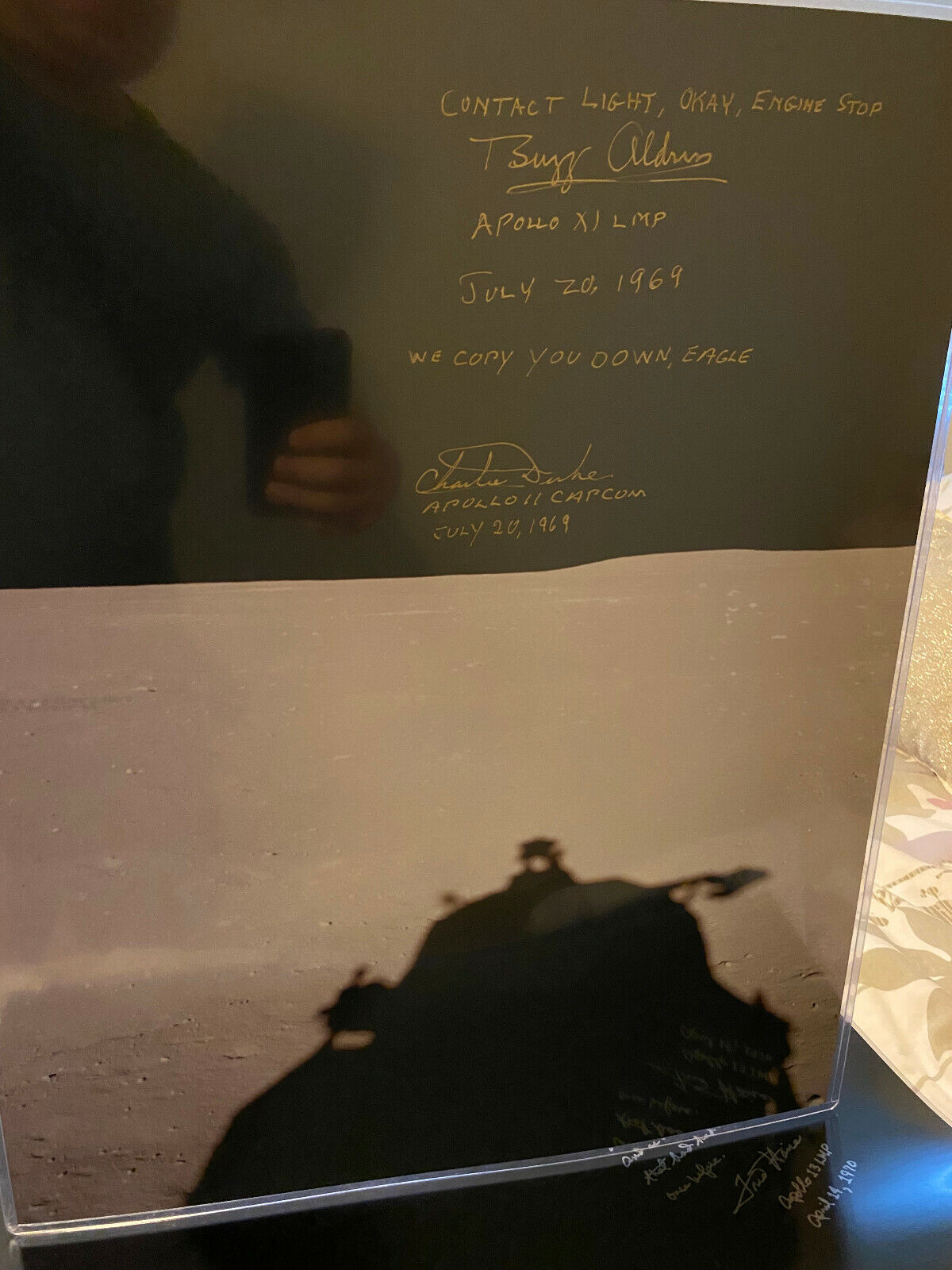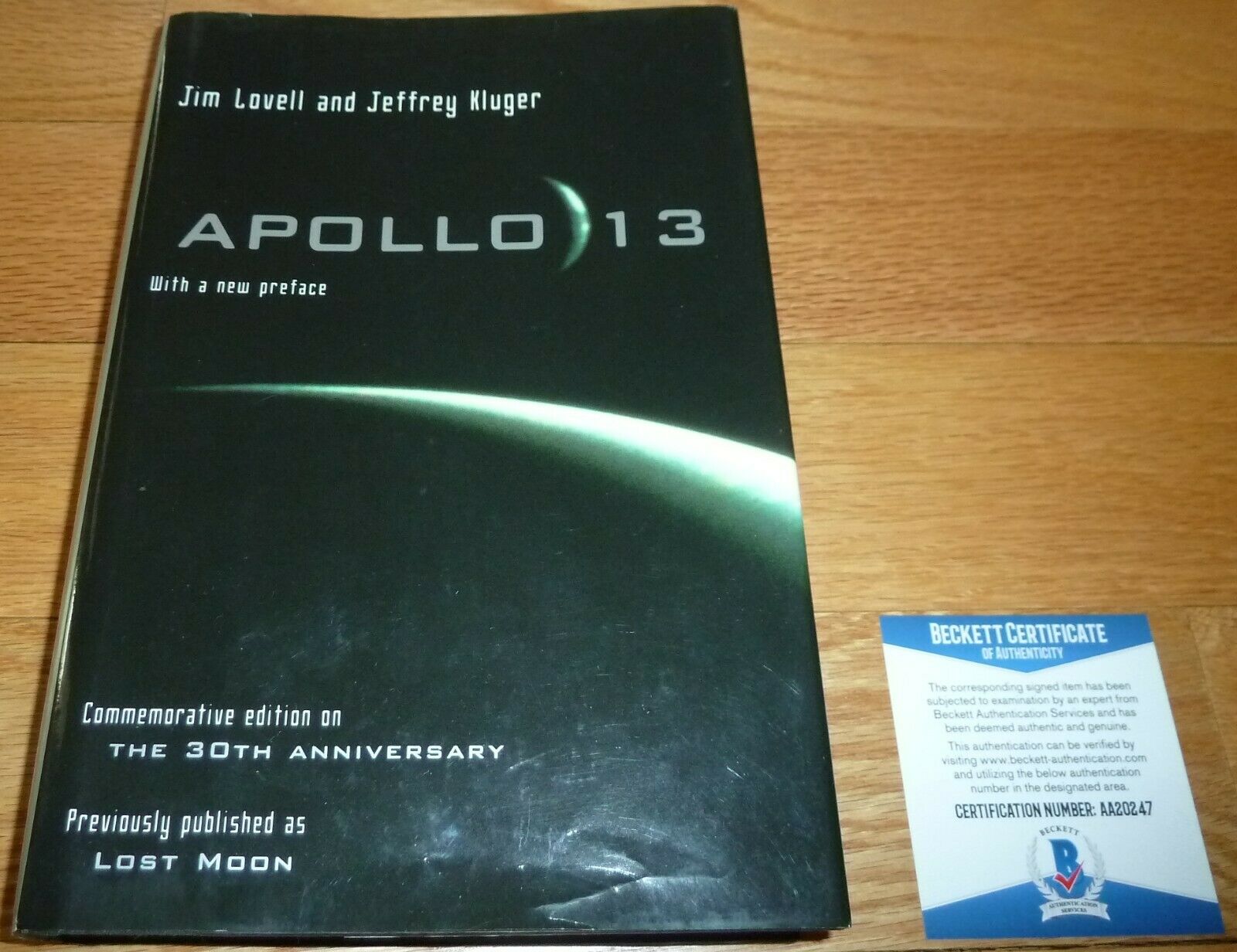-40%
STEVE BALES Hand Signed Autograph 4X6 Photo - APOLLO 11 FLIGHT CONTROL GUIDO
$ 0
- Description
- Size Guide
Description
STEVE BALES Hand Signed 4X6 Photo . this 4X6 Photo is Hand Signed by STEVE BALES . %100 Authentic Autograph ! Autograph looks Good. Light smear. Mr. Blales also wrote APOLLO 11 GUIDO on this photo. COOL INSCRIPTION. The photo is in GREAT Condition & is a High Quality photo. RARE AUTOGRAPH PHOTO. Will be shipped SUPER FAST to you & will be Well packaged . I will ship to you . The SAME DAY you pay :) YES... I even ship on Saturday . Payment MUST be made in 3 days or less after this listing ends ! Combined s&h is Extra each additional listing . In the 3 day Period . Check out my other Low priced autographs & my Fantastic Feedback :) Ad my store to your follow list . I do list NEW Low priced Autographs EVERY DAY ! Upon Request . I do offer my Lifetime Guarantee COA . Just message me after your purchase . Thank you :) AmandaSteve Bales (born October 7, 1942 is a former NASA engineer and flight controller. He is best known for his role during the Apollo 11 lunar landinNASA career At NASA he was assigned to work in the Flight Dynamics branch as a guidance officer, a flight controller responsible for determining the location of the spacecraft in space and monitoring the guidance systems on board. He was a backup controller for Gemini 3 and Gemini 4 and worked his first mission as a flight controller on Gemini 10 when he was only twenty-three.Apollo 11 Bales is best known for having been guidance officer (or GUIDO) during the Apollo 11 lunar landing when he had the responsibility of dealing with several problems that could have ended the mission. While monitoring the Lunar Module's position and velocity he came close to calling an abort when it became clear a navigational error had occurred. The spacecraft was moving 20 feet per second (6 m/s) faster than it should have been and was halfway to its abort limits. However, Bales continued to watch the data and the situation remained stable. The last few minutes of the landing were punctuated by program alarms from the guidance computer. These alarms signalled an "executive overflow" which meant the computer might not be keeping up with its computing tasks. Bales had to very quickly determine whether this was serious. If high-priority computing tasks were indeed not being completed, he would have to call for an abort of the lunar landing. After several seconds had passed, he informed flight director Gene Kranz that the landing could continue despite the alarms. While Bales is sometimes credited with having made the decision on his own, like all flight controllers he was supported by a team of "backroom" engineers. Twenty-four-year-old computer specialist Jack Garman first recognized the meaning of the alarm and determined the situation was acceptable. As Bales said later, "Quite frankly, Jack, who had these things memorized said, 'that's okay', before I could even remember which group it was in".[6] The final decision of whether to call an abort (or in JSC jargon, "no go on the alarms") lay wholly with Bales, along with the responsibility if anything went wrong. Bales's decision as GUIDO to go ahead with the landing was appropriate and Apollo 11 landed safely. When President Richard Nixon awarded the Presidential Medal of Freedom to the three Apollo 11 astronauts, Bales was also honored by being chosen to accept a NASA Group Achievement Award on behalf of the entire mission operations team. Nixon said at the time, "This is the young man, when the computers seemed to be confused and when he could have said Stop, or when he could have said Wait, said, Go."Later career Bales had a long subsequent career at NASA and eventually became Deputy Director of Operations at Johnson Space Center. In 1996 he left the space agency and took a position at Amspec Chemical in New Jersey.
